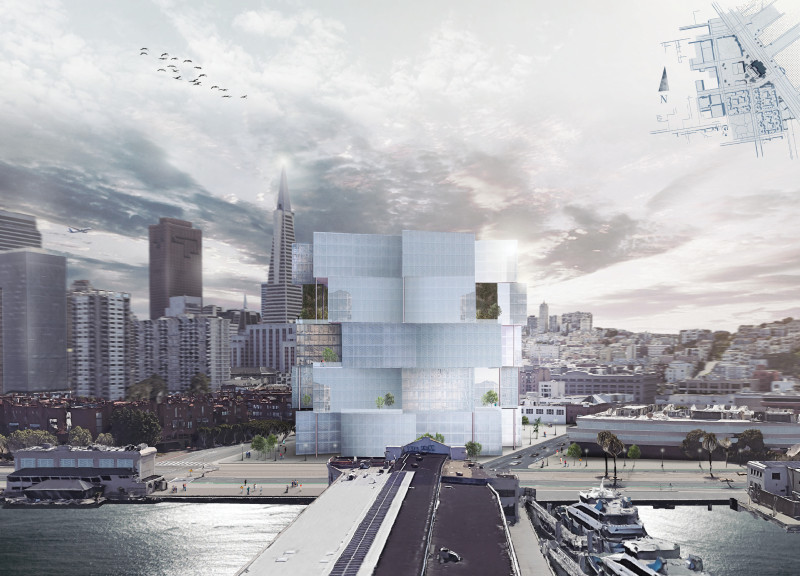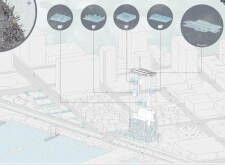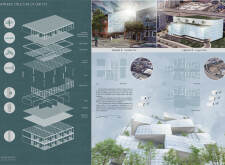5 key facts about this project
The design set in San Francisco seeks to address the urgent need for affordable housing through a modular approach. The focus is on stacking housing units, which makes efficient use of available urban space. The design aims to accommodate different types of residents, including families, single professionals, couples, and students. By creating versatile living options, it responds to the demand for adaptable housing solutions in a bustling city environment.
Modularity and Configuration
The project features a variety of stackable housing units that enhance land use in the city. There are eight different housing types available, ranging from studio apartments to three-bedroom options. This careful selection of configurations allows the development to cater to diverse living situations, ensuring that various groups can find their ideal home. The design includes multiple units, such as 4 units of 3-bedroom apartments, 4 units of 2-bedroom apartments, and various studio choices.
Materiality and Structure
The use of metal and glass as primary construction materials contributes to the overall design. The housing units are built with a metal framework that can be prefabricated, allowing for quicker assembly on-site. This technique minimizes the time taken for construction, which is helpful in urban areas where efficiency is key. The inclusion of glass not only enhances the aesthetic appeal but also allows for natural light, supporting energy-efficient design strategies.
Adaptability and Community Integration
These housing units are designed to be adaptable, making them suitable for a range of urban settings across San Francisco. This flexibility is important in meeting the changing needs of the community. The design permits modifications to suit various plot sizes, from busy city centers to quieter areas. Additionally, there is a strong focus on creating communal spaces and amenities, such as parks and parking areas, which encourage interactions among residents and help build a vibrant community atmosphere.
The thoughtful design of shared spaces emphasizes social connections and enhances the overall living experience. It incorporates a blend of functionality and aesthetic appeal, aiming to improve urban living conditions and respond to the diverse needs of San Francisco's residents.






















































